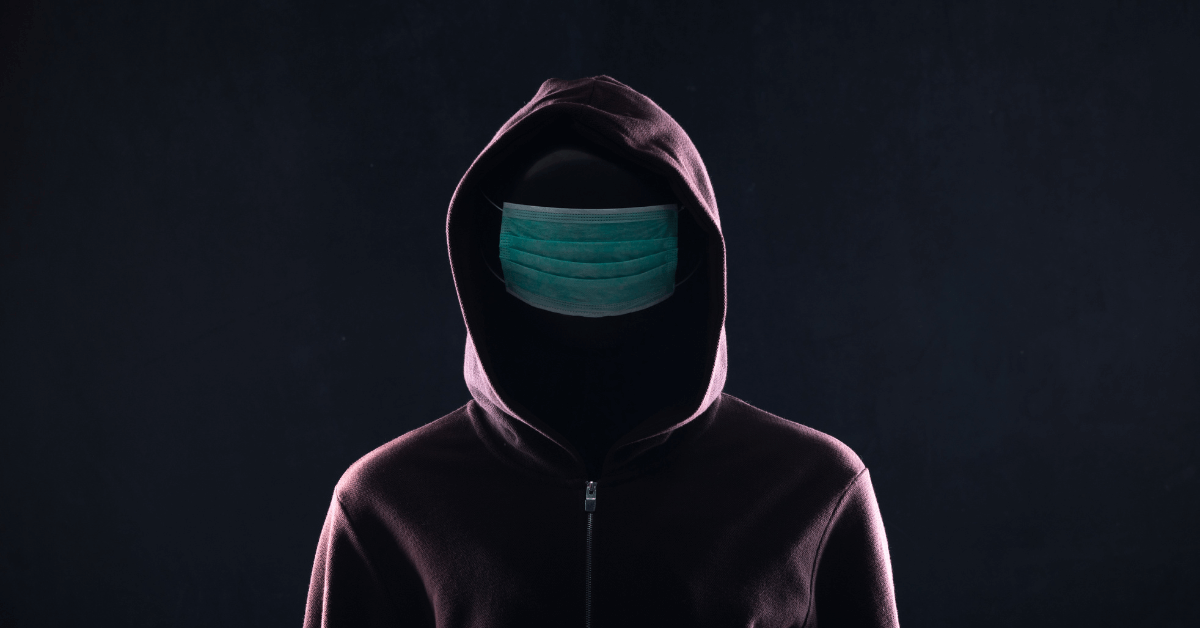DDoS in Healthcare: Key Risks and Solutions
The global healthcare IT market is projected to reach $974.5 billion by 2027, highlighting the critical need for enhanced cybersecurity measures.
Today, much of the healthcare industry’s work is digital, leveraging technology to execute medical procedures, store electronic medical records (EMR, or patient medical history maintained by a single provider) and electronic health records (EHR, or patient medical history maintained by multiple providers), send prescriptions, communicate with patients, and more. However, this reliance on digital systems has also made the sector vulnerable to cybersecurity threats, including DDoS in healthcare, which can disrupt critical operations and compromise patient care.
Why Protect Against a DDoS Attack Before It Happens?
The constantly evolving array of cyber threats, such as Denial of Service (DoS) attacks, Distributed Denial of Service (DDoS) attacks, ransomware, and persistent assaults from hacktivist groups, can compromise patient safety, create vulnerabilities for identity theft, contribute to loss of EMR and EHR and expose intellectual property, among other damaging effects.
Specifically, DDoS attacks can disrupt critical healthcare services, causing network downtime and halting access to essential patient information and communication tools. This leads to delayed medical care, miscommunication, and potential patient safety risks.
Additionally, these attacks result in significant financial losses due to canceled appointments, recovery costs, and loss of trust. Increased vulnerability during such attacks can lead to data loss and further security breaches, while reputational damage and regulatory violations can have long-term consequences for the healthcare entity.

The Difference Between a DoS Attack and a DDoS Attack
Among these threats, the urgency of addressing DoS and DDoS attacks has never been greater. A Denial of Service (DoS) attack is a deliberate attempt to overwhelm and render a system unavailable to intended users, preventing access to a network or a website. A successful DoS attack consumes all available network, application, or system resources, typically causing a network slowdown, application crash, or server crash.
When multiple sources coordinate in a DoS attack, it is known as a DDoS attack. DDoS attacks are a popular tactic, technique, and procedure (TTP) used by hacktivists and cybercriminals to overwhelm a target’s network to the point of inoperability, causing chaos and confusion.
This presents a severe problem for healthcare providers who need network access to provide proper patient care and to send and receive emails, prescriptions, records, and other data. Some DDoS attacks are opportunistic or even accidental, but many target victims for ideological, social, political, or financial reasons that anger the cyber threat actors.
Understanding DDoS Attacks: A Critical Insight
What is a DDoS Attack?
A Distributed Denial of Service attack, otherwise known as a DDoS attack, is a sub-category of a Denial of Service (DoS) attack that disrupts regular traffic to a server by overwhelming it with unsolicited data packets generated by various infected systems controlled under a botnet. There are three principal types of DDoS techniques:
- Volumetric attacks. These aim to consume available bandwidth.
- Protocol attacks. These exploit vulnerabilities in network protocols.
- Application attacks. These target vulnerabilities in specific applications or running services.
Understanding DDoS in healthcare means recognizing how these attacks can overwhelm systems with uninvited traffic, causing downtime and posing serious risks for medical organizations where uninterrupted service is essential.

The negative impacts of a successful DDoS attack include, but aren’t limited to:
- Server and hosting interruptions can make essential healthcare services inaccessible, delaying critical patient care and potentially risking lives.
- Website vulnerability. Prolonged downtime can expose vulnerabilities in web applications, increasing the risk of further exploitation.
- Lost time and money. Recovery from a DDoS attack requires significant time and resources, diverting attention from patient care and strategic initiatives.
The Growing Threat of DDoS in Healthcare
The healthcare sector is one of the most targeted industries for DDoS attacks, accounting for 15.6% of all attacks in 2023 — a sharp increase since 2019. For healthcare organizations, the stakes are particularly high. A network slowdown, application crash, or server failure caused by a DDoS attack can be devastating, leading to significant financial losses and operational disruptions.
The cost of downtime alone is staggering. A recent Radware survey found that the average cost of downtime is $6,130 per minute or $367,800 per hour. Beyond financial losses, healthcare providers must also contend with the long-term repercussions of successful DDoS attacks, such as reputational damage and potential regulatory violations.
Protecting your organization against DDoS in healthcare is critical to ensuring uninterrupted care and safeguarding sensitive data. Schedule Your Quote today to learn how you can bolster your defenses against this growing threat.


